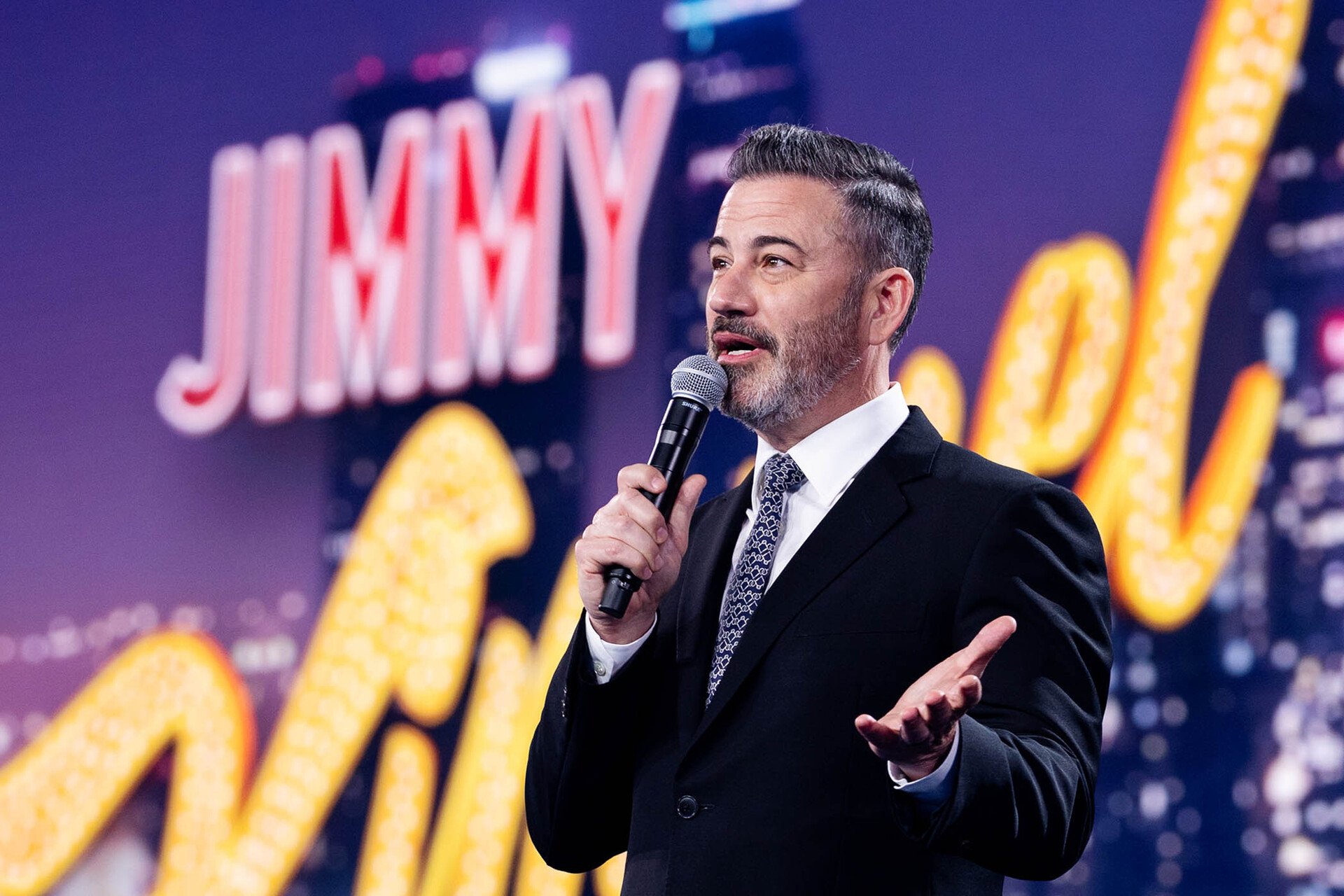Every boom has its chorus of skeptics waiting for vindication. In the late 1990s, critics of the internet bubble reveled in the implosion of companies like Pets.com. Today, the anti-AI crowd is hoping for a similar reckoning. The thinking goes: if valuations fall, if venture capital dries up, if headlines shift from breathless enthusiasm to critical skepticism, then perhaps the whole AI project will just…go away. They imagine a world in which OpenAI, Anthropic, and the hundreds of startups that have sprouted around them wither, and generative AI becomes a historical footnote / case study in technological hubris.
But that misunderstands the nature of bubbles.
Bubbles misallocate capital, reward copycats, and elevate unserious companies. They don’t erase the underlying technology.
The dot-com crash accelerated the demise of weak players while leaving stronger ones to dominate. Amazon, which looked precarious in 2001, turned into the defining firm of its generation. Google went public three years after the crash. Facebook was founded in its wake.
To imagine that a crash in AI would eliminate large language models and generative systems is to ignore this historical pattern. Unlike NFTs or certain flavours of crypto, the underlying utility of generative AI isn’t speculative alone. It’s operational, infrastructural, and increasingly indispensable.
Upgrade to read the rest.
Become a paying subscriber of The Index to get access to this post and other subscriber-only content.
UpgradeA subscription gets you:
- 1x Additional Weekly Post
- Monthly Index Report







